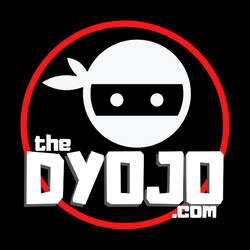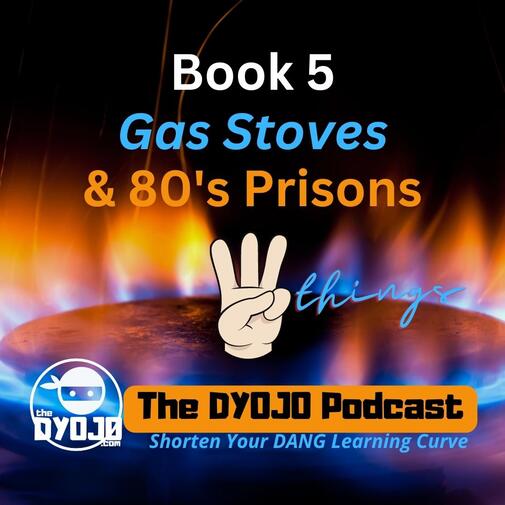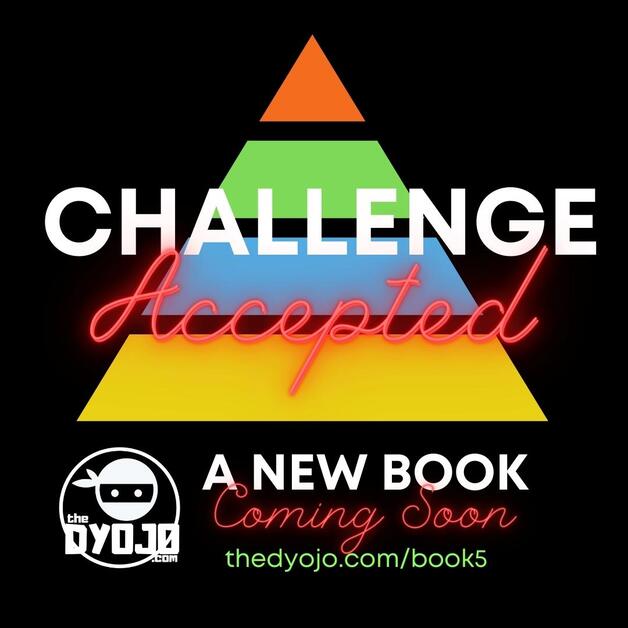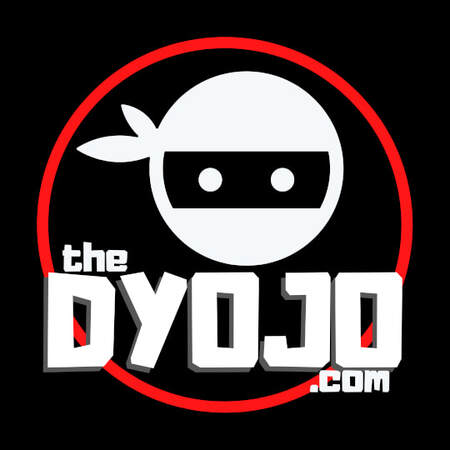|
This week on The DYOJO Podcast we discuss:
IN THIS EPISODE: 0:00 The Power of the Postcard 1:46 An Unnamed Adjuster Talks Matching Materials 8:08 What Are We Working On - Workshop 11:06 Book 5 - Challenge Accepted 19:10 The Government’s Plan to Save Us From Gas Stoves 29:15 One More Tidbit - 1980’s Prisons 34:26 Cutting Edge Tools - The Sony Mavica NEW book for young people entering the workforceJon Isaacson is working on book number five. The working title is Challenge Accepted: An Open Letter To Young People Entering The Workforce. In this episode of The DYOJO Podcast, Jon reads from the Introduction. What is this book about? I am not the brightest bulb in the bunch. I did pretty well in my school studies but wasn’t a standout in the sense that I had scholarship offers from colleges begging me to continue my scholastic journey with their institution. I enjoyed playing sports but wasn’t the most talented. I did “win” a few best-effort awards. I played mostly B (JV) or C (Intramural) team sports. Once I acquired my license and tasted the freedom that making my own money brought, I committed to working. At work, I found that accepting the challenge of doing my best wherever I was employed helped me enjoy the work and achieve better results. Life is difficult and many things can seem impossible, but if things were easy they would not be as exciting to overcome. If making a better life for yourself were easy, everyone would be doing it.
I wasn’t sure what I wanted to do after high school, other than I had some general ideas which I will explain further in this book. I was fortunate enough during my youth to have been provided some basic ideas about how to work (aka work ethic), exposed to people who made positive career choices and hadn’t made significant mistakes with long-term consequences (see Three Internal Holdbacks). These items helped me land some early jobs, achieve some initial success in those entry-level positions, and build confidence for seizing upon advancement opportunities. If the idea of living with the challenge of entering the workforce and advancing your career appeals to you, I believe this book will be helpful. You can read this book all the way through or you can keep in on your bookshelf until you need a small spark when you are facing a challenging scenario. Just in case this introduction is all that you ever read, I would like you to remember these three things. The Three Be’s Challenge yourself to build a foundation for life by developing these core character traits, I call them the Three Be’s:
I have hired, trained, and promoted numerous young people who came to my businesses with little to no prior skills. It is my ongoing belief that if you are honest, hardworking, and willing to learn, we can teach you to be successful in anything. On the other hand, if you are not willing to be honest, aren’t willing to work hard, and you aren’t willing to learn, there is little that we can do for you.
One thing you should consider if you are not exercising these three character traits now, it will be that much more difficult to develop them later in life. What you do now will become a habit. Bad habits are hard to break. So, if you aren’t being honest, you aren’t working hard, and you are not willing to learn, those negative habits will become rooted in your life. The longer you practice these three things, one way or the other, the more natural they become. Good habits take consistency to form. Being honest, hardworking, and willing to learn will not guarantee success but they will set you up for greater opportunities. This short book was written to encourage young people entering the workforce to keep working hard, recognize your opportunities, and provide you with a few tools that will help you along the way. I challenge you to read this book, do you accept? The government’s plan to save us all from gas stovesHave you heard about the government’s plan to save us all from the health and environmental hazards of natural gas-burning stoves?
Are gas stoves bad for our health? According to Scientific American, “Broadly speaking, there are two categories of concerning emissions related to gas stoves. First, there is the unburned natural gas that can escape before the flame ignites or leak from a gas hook-up. This gas is more than 90 percent methane. Second, there are the pollutants created by combustion when a burner is on, most notably nitrogen oxides, which can irritate the lungs.” Are gas stoves more energy efficient? According to Constellation, “It takes three times as much energy to deliver electricity to your stove than gas, so buying a gas range could save you money in the long run. Your final bill will depend on how much time you spend cooking, but if you have an electric ignition, you can expect to pay less than half as much per month to run a gas range.” Lessons learned from a missing beam in a 1980’s prisonAccording to an article in Engineering News-Record, a contractor created a plan based upon the as-builts showing a beam being in place. When the contractor opened the structure they discovered that the beam did not exist. “The missing bond beam was discovered by contractor ABM Building Solutions LLC, which the county hired in 2021 for a $9.4-million renovation of the jail. ABM had planned to attach new decking to the bond beam, but instead found a void and learned the roof was floating on top of the building, according to the suit.” This story points to the importance of having contingencies in your renovation plan (new contractor) as well as the critical nature of quality control to ensure that the full scope of work is completed according to the contractual agreement (prior contractor).
0 Comments
Leave a Reply. |
Words
The DYOJO - helping contractors shorten Archives
June 2024
Categories
All
EstimatingMarketingInsurance ClaimsLeadership |
|
| |||||||




 RSS Feed
RSS Feed
